Environmental concerns could scupper the SNP’s plans to flatten buildings on Queen Street to make way for a sizable urban park.
Councillors next week will be shown five options for the site which currently houses Aberdeen’s former Police Scotland HQ.
Initial blueprints for an “urban quarter” to transform the area were drawn up under the last ruling administration.
They hoped to build 350 homes as well as hotels and shops.
But the SNP ran for election under a manifesto pledging to use the space to give the city access to more greenery, which they believe is desperately needed.
And this would require all surrounding buildings to be demolished – which would result in clouds of harmful carbon being unleashed into the environment.
To develop or not to develop?
Studies have now been performed to assess whether it’s worth forming a business case on redeveloping the site.
Option one is to do the minimum by stripping out asbestos at the Police HQ building but leaving it standing.
This is not considered a favoured option as the local authority has carried out “targeted investment” on Queen Street as part of its masterplan.
The report states the surrounding area is home to key civic, commercial, and cultural assets in the city and benefits from a “wonderful quality of architecture such as Marischal College and the Town House”.
The papers add: “Redevelopment of Queen Street provides the opportunity to address several unsightly and inefficient buildings, whilst enabling significant improvements to the public realm, opportunities to increase green space and encourage well-being in the city centre.”
The hope is any development carried out there would “complement the established improvements to Broad Street and Marischal Square”.
Queen Street has already seen a £6 million council commitment, by preparing the site for future development.
An additional £22.5m has been secured from the Scottish Government to enable the relocation of the outdated city mortuary to ARI Foresterhill by late 2024.
Option 2 – Urban Park across cleared site
An “urban park” would provide the sought-after green space which would “complement Broad Street”.
Drawing on its proximity to the Lemon Tree, Arts Centre and Marischal East (Anatomy Rooms) it would create a setting for outdoor cultural events.
At the same time, it would provide links to East North Street and on to the beach.
Potential concerns include a potential lack of money, and the running costs of maintaining the park.
Officers say the new development may not prove to be as popular a space as the revamped Union Terrace Gardens, and voice fears about an increase in anti-social behaviour.
Option 3 – A mixture of both
This mixed use development would contain more retail and leisure space at a ground floor level, with flats created above.
Along quieter routes, properties would be created at ground floor level, benefiting from private gardens.
Officers anticipate there could be around 100 homes in total over two-eight storey blocks.
The existing Police HQ would only be partially demolished, with the section that remains being converted to apartments.
A shared surface connects the development, with traffic access retained to north-west
of site.
A smaller urban park would be located to the north-east, allowing access to the Lemon Tree and North Church entrance extensions.
However there are concerns around the technical difficulty involved in partially demolishing the police HQ, and the fact it’s the option with the least amount of green space.
Option 4 – Mixed use urban park and homes on cleared site
This option would contain residential space with mixed use on the ground floors and traffic access retained to the northwest of site.
The former police HQ building would be completely demolished.
This sketch concept “seeks to re-imagine the historic pattern of perimeter residential blocks”.
A shared surface connects the residential buildings.
The Urban Park is located to the northeast of the site, allowing access to the Lemon Tree and North Church entrance extensions.
The focus here is on active travel, with historical routes maintained or reinstated.
A private residents’ gardens would be created at the rear of the development.
Concerns include development and density on the site are not being maximised due to the demolition of the former police building and there would be a reduced area of public green space and vehicle access further into site.
Option 5 – Mixed use development and larger Urban Park
This option is similar to the previous one, but the north block of residential development now becomes “urban park” space.
Again there is a mixed use development with retail and leisure and workplace at ground level and more public frontages with residential above.
The development would allow around 65 apartments over four to six storeys.
Again the former police HQ is demolished in this scenario, but the report states flat numbers could be increased if it was kept.
Officers believe there is the potential to create a varied community in line with the 20-minute neighbourhood and the retail offering would complement business in Upperkirkgate.
Concerns include the fact that development and density on the site are not maximised due to the demolition.
Fewer residential and commercial space is possible due to the increase in area of Urban Park, which will impact on financial viability.
How much would they cost?
The report says it is too early to establish the costs attached to each option given the early stage of the design process.
It the council chose not to proceed with development and consider selling, the site is “unlikely to deliver a return” given current market advice from Savills.
“While it is conceivable that a private developer may take on responsibility for the site at a future date, this cannot be predicted with any certainty and has therefore not been
modelled,” the report says.
“There is also a risk of any future development being socially sub-optimal given the reduced degree of control that ACC would have over the nature of any future investment.”
Until the site is sold, the council will continue to incur revenue costs for statutory maintenance, rates, and health & safety compliance in the former Police HQ building.
These costs are estimated to be around £390,000 every year.
Police Scotland continues to pay 50% of monthly running costs until the Telecoms Masts on the roof are relocated
Take our poll here to have your say on the plans.
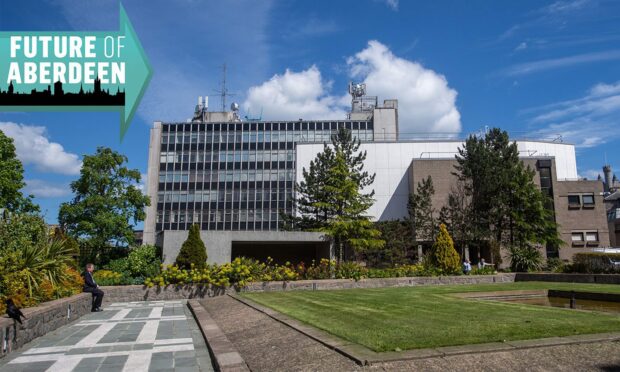

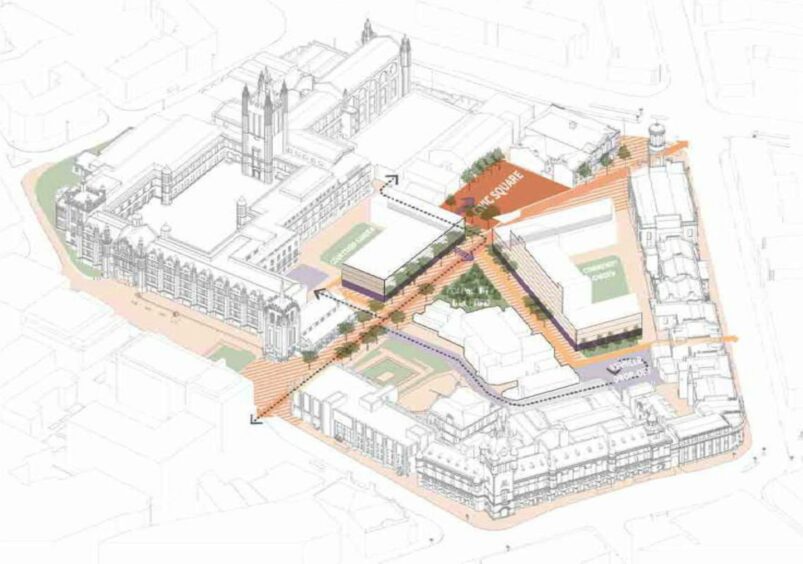

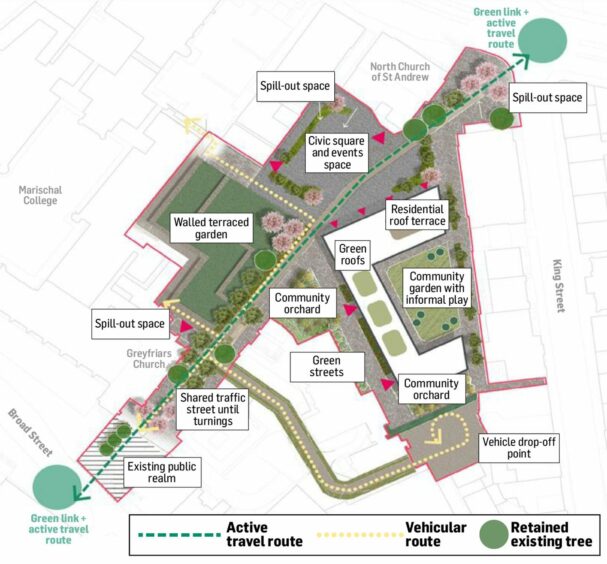
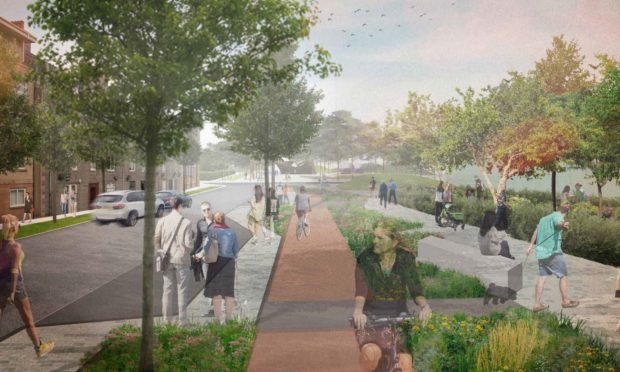
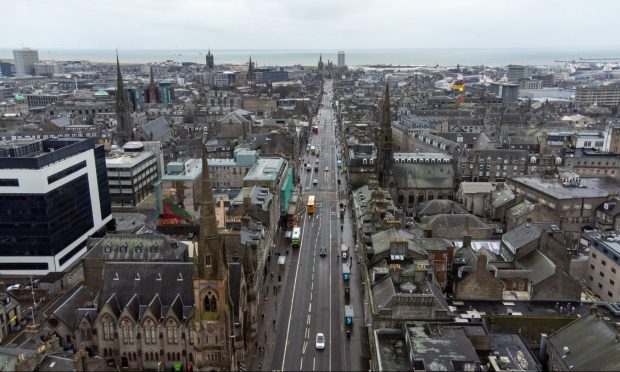
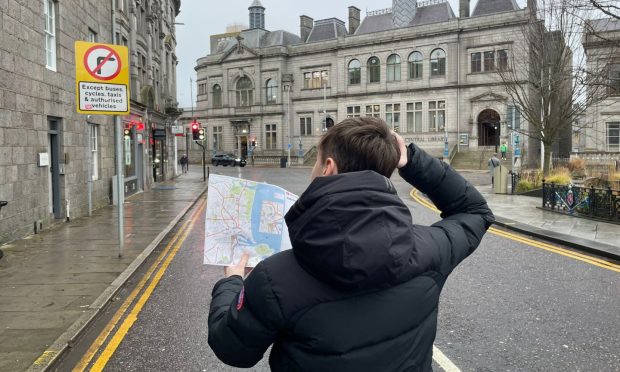
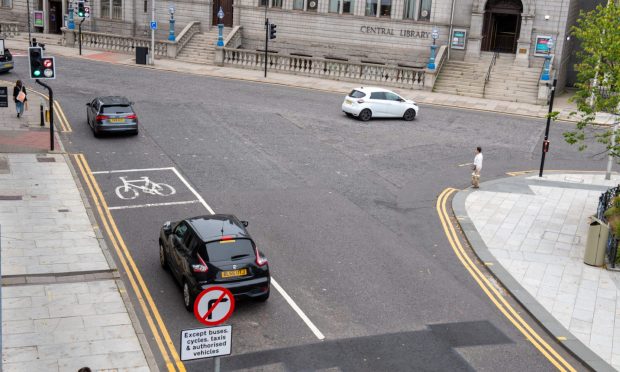
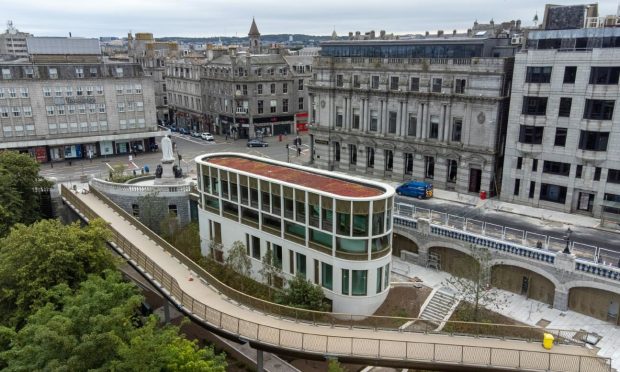
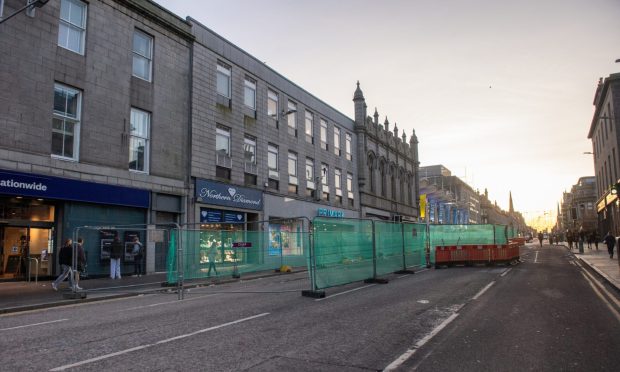
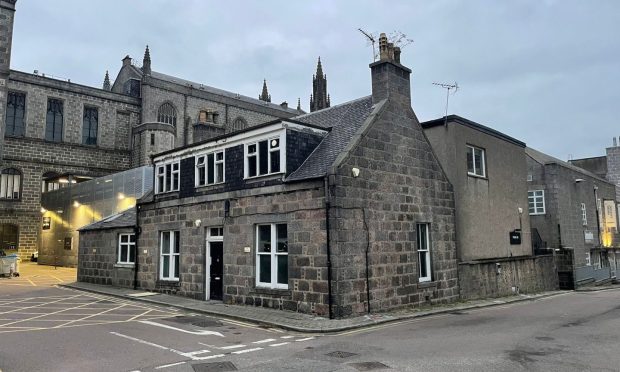
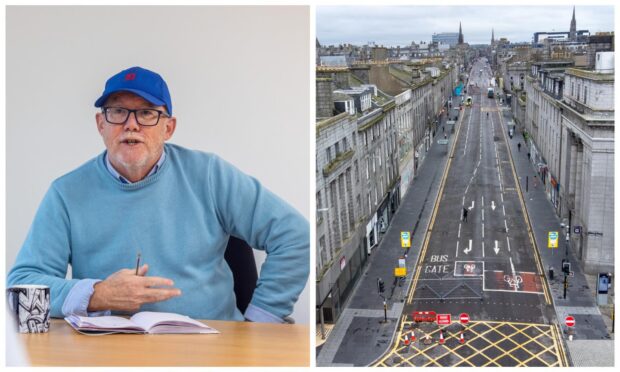

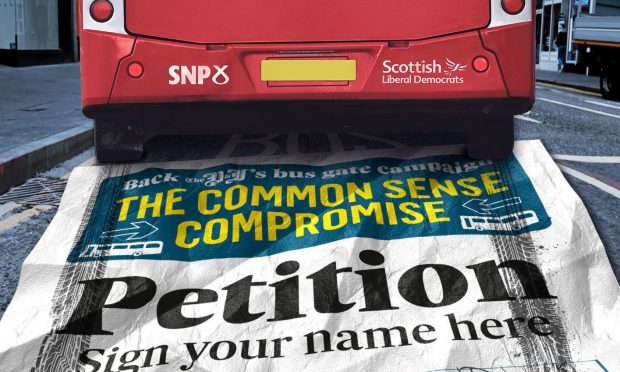
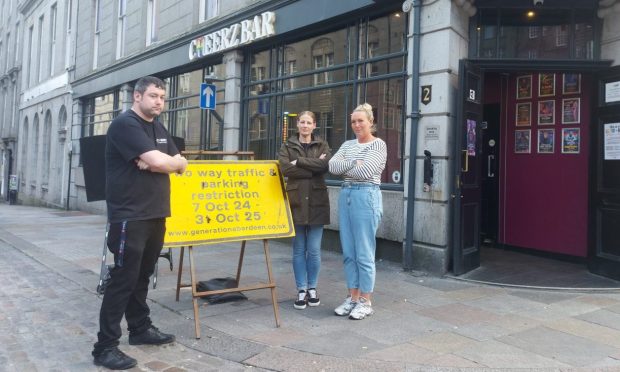
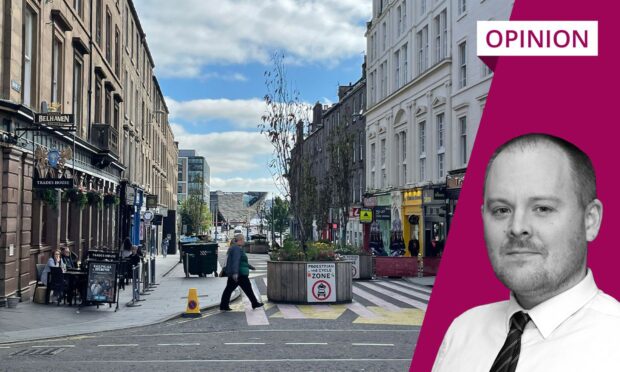
Conversation